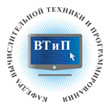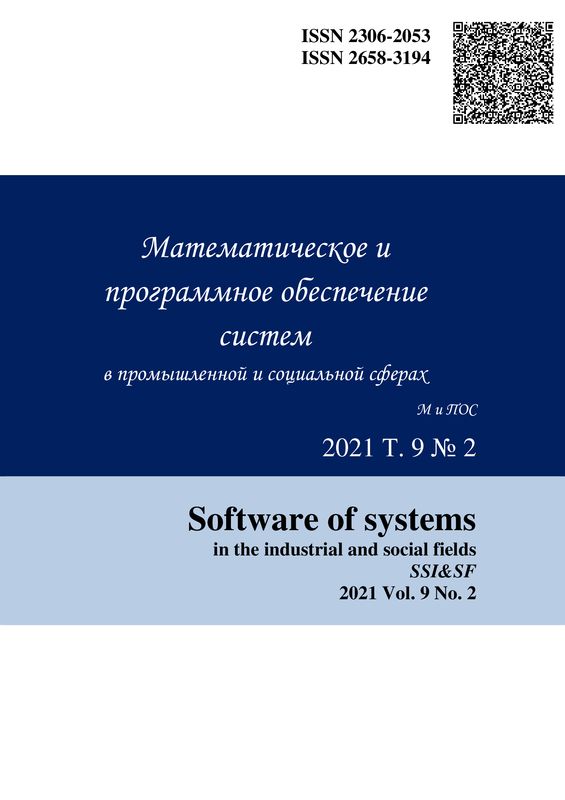Abstract
To consciously control the process of crystallization of metals in order to obtain a given microstructure of the ingot, various physical fields are used. These fields, when exposed to a melt, change its internal state, and hence the kinetics of crystallization. A mathematical method is proposed for calculating the linear rate of crystallization of an aluminum melt in the presence of a magnetic field and in its absence. It is shown that the linear rate of crystallization is a function of the temperature gradient at the boundary of the crystallization front and is proportional to the cooling rate of the melt. The studies found that the crystallization of the melt in the magnetic field the latent heat of phase transition of the crystal-melt increases. However, this additional energy is much less than the basic latent heat. Nevertheless, the amount of this energy is sufficient to change the supercooling temperature in the direction of increasing by , which significantly changes the nucleation rate of the crystallization centers and the linear growth rate of the crystal.
Keywords
Melt, crystallization, crystallization temperature, subcooling, phase equilibrium, magnetic field energy in a magnet.
Dubskij, G.A and Egorova L.G. (2017) Methodology for determining the linear crystal growth rate in the crystallization of alu-minum in a magnetic field. Software of systems in the industrial and social fields, 5 (2): 19-24.





